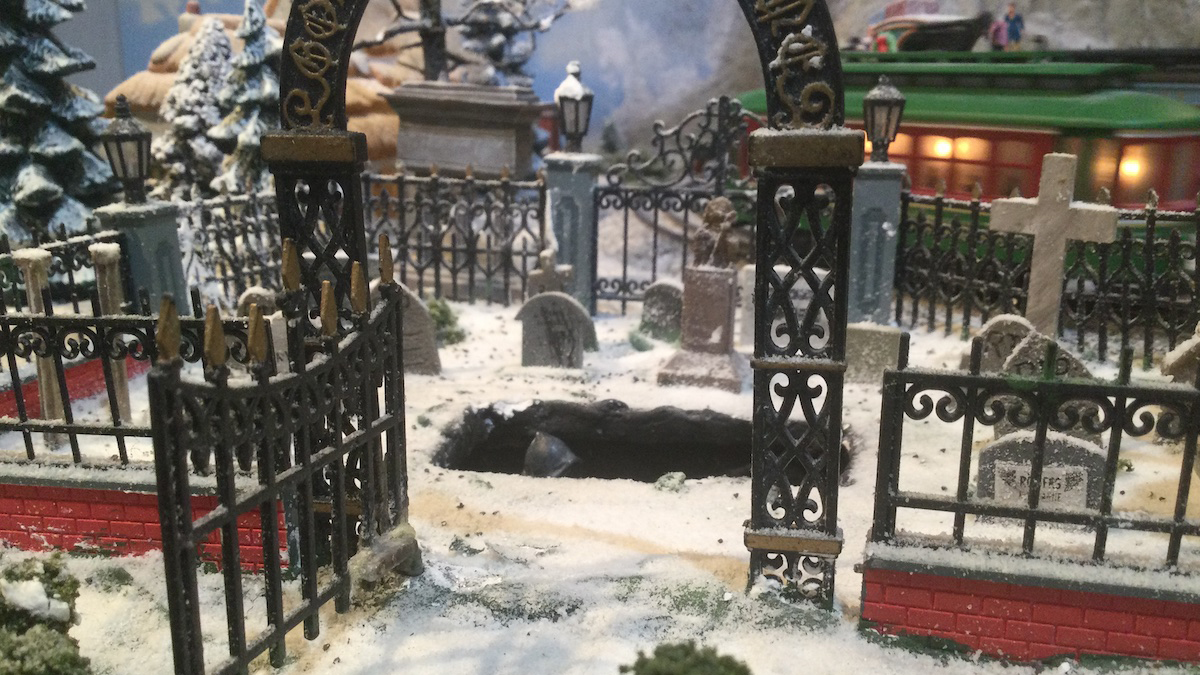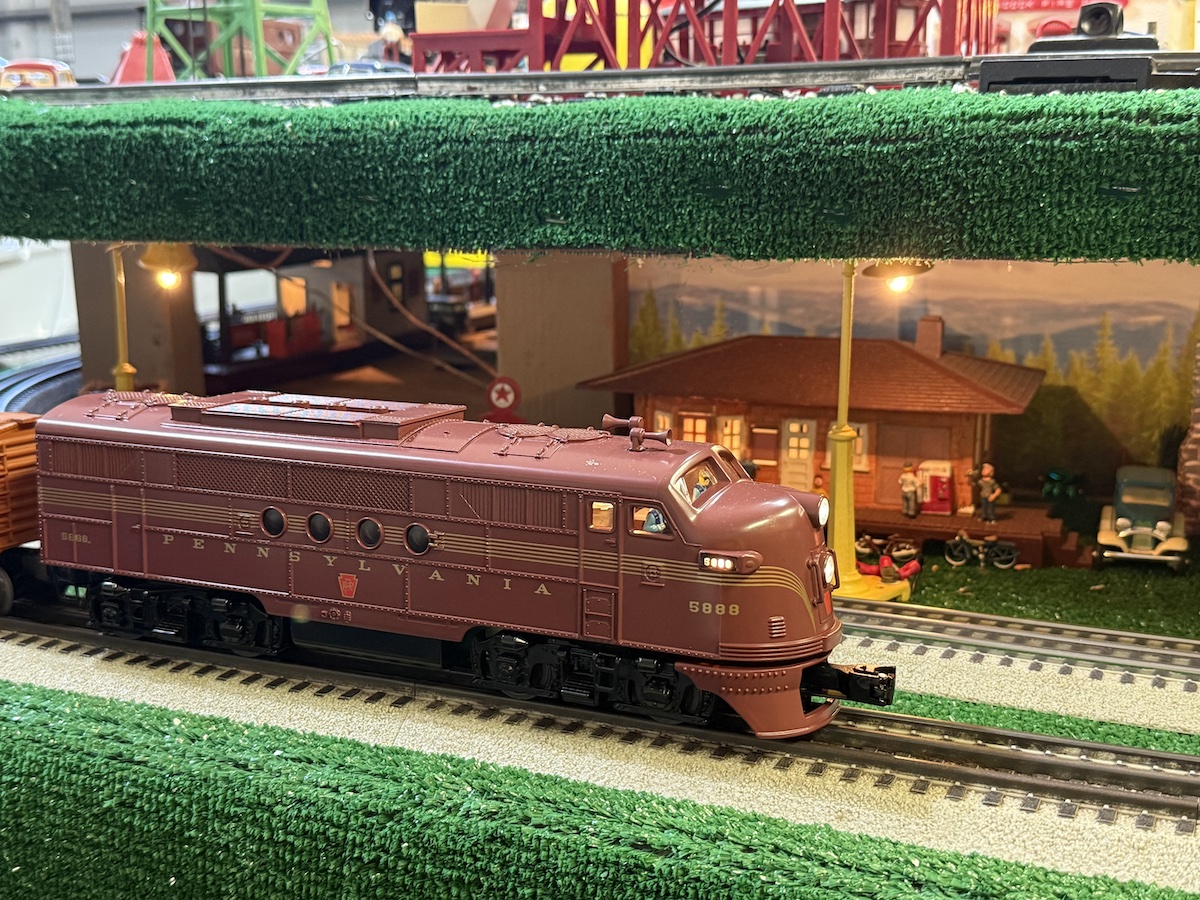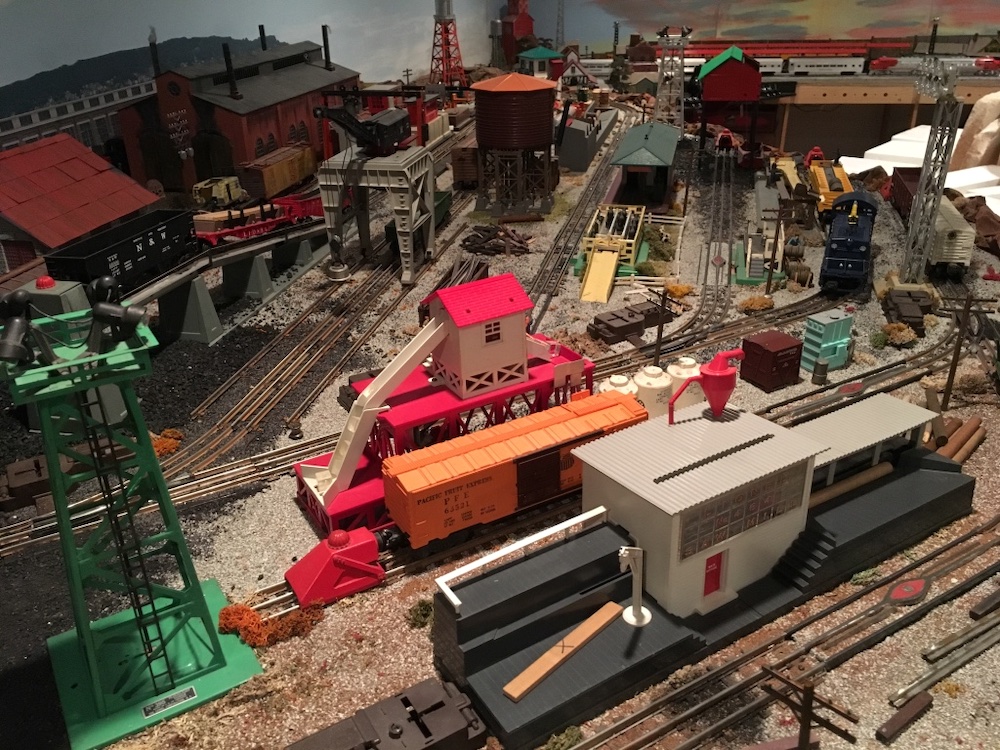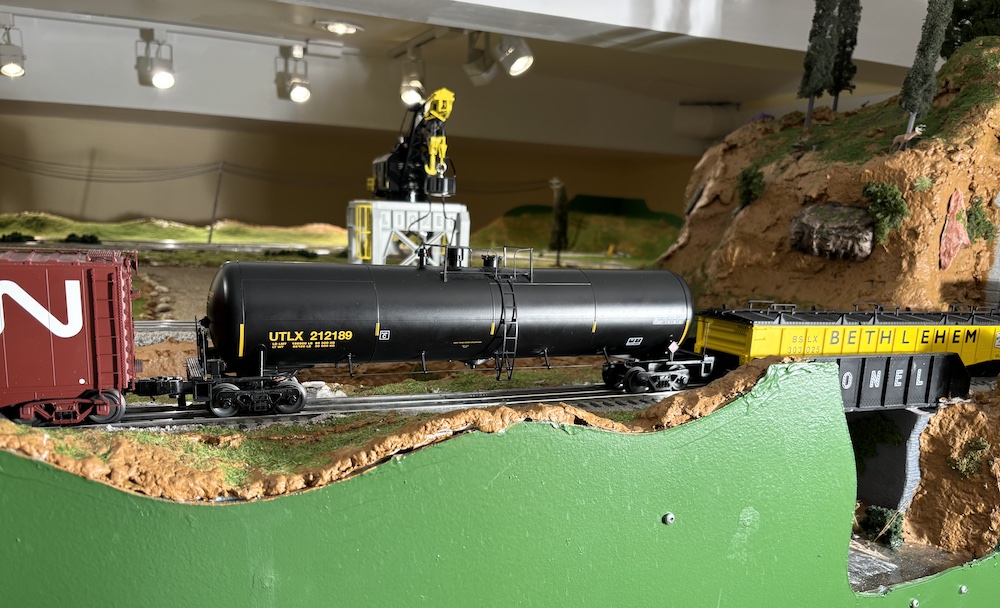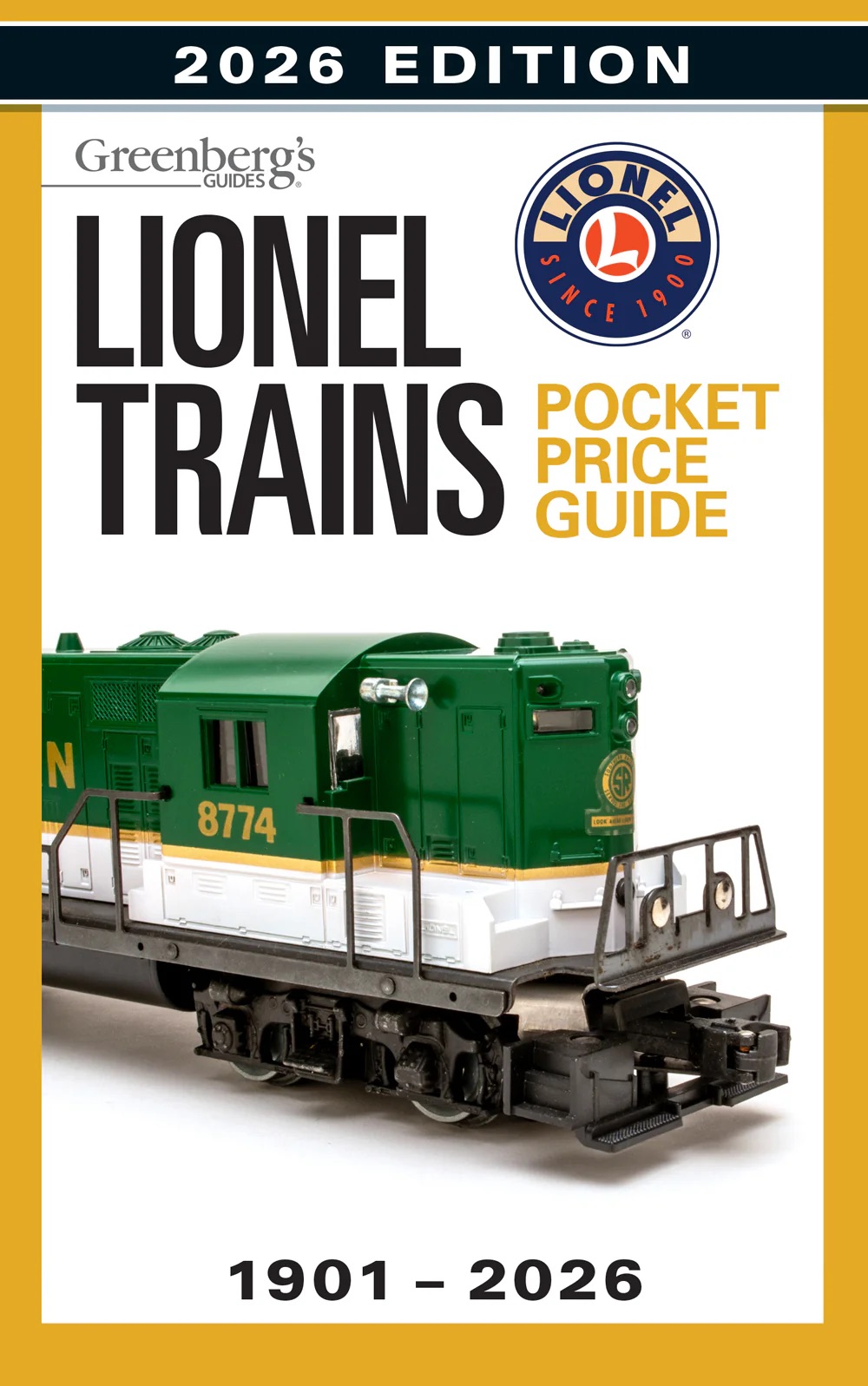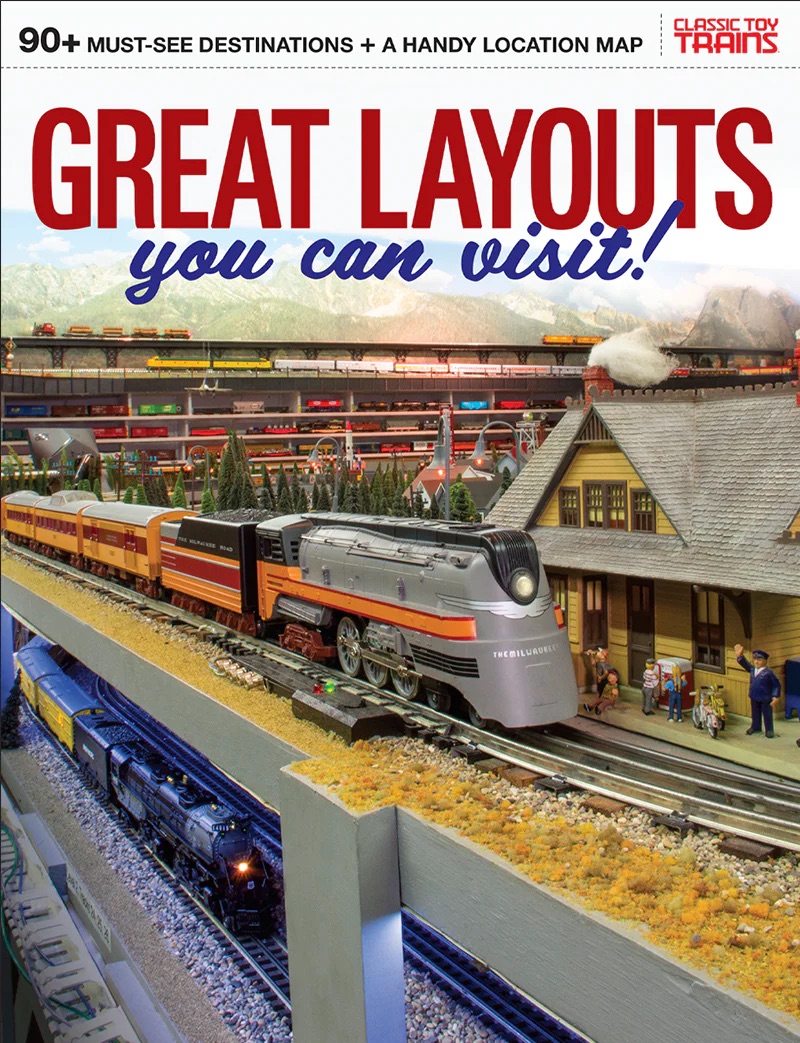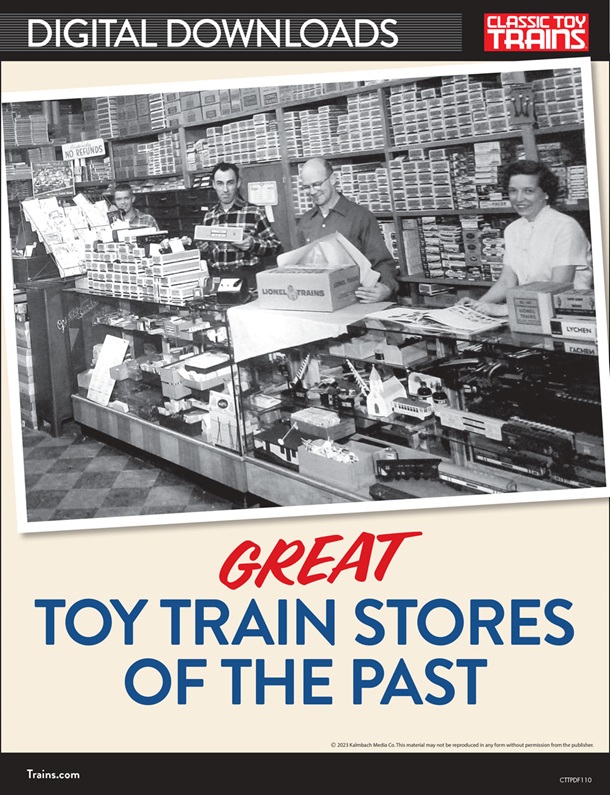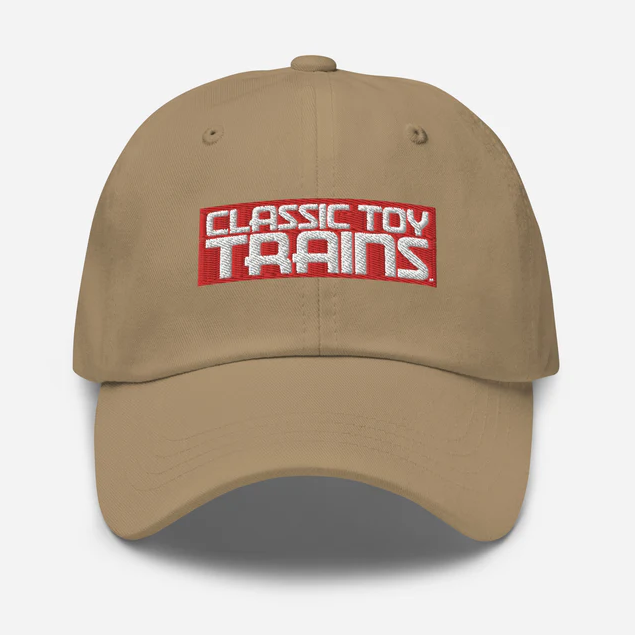Adding details that make a scene more interesting or increase operating potential can take your layout to a whole new leave of realism. Try one (or all) of the ideas listed below! Share your photos with us at editor@classictoytrains.com.
Detail track and add lineside details
Adding details to the right-of-way is an easy way to add interest to your layout. Drainage ditches provided realistic elevation changes. Ties peddled along the edge of the ballast suggest a maintenance-of-way project is in progress. And don’t forget the track. Dark brown rail, rusty tie plates, and ties in various shades of brown and gray capture the look of the prototype. Add lichen or cinders to less frequently used yard tracks and sidings.
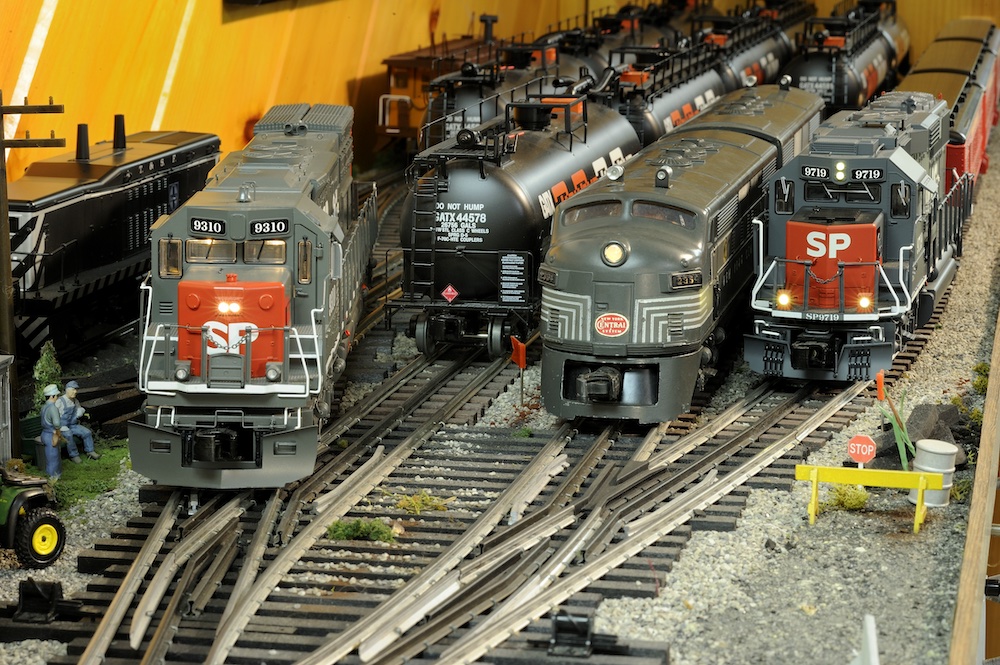
In yards, don’t be afraid to add spilled loads or use static grass tufts to simulate sprouting grain. Place the yard tracks close to each other, but leave enough so there’s clearance between cars, similar to what you find on the prototype. With all the scenery items available today, making the track and its surroundings more realistic isn’t hard to do.
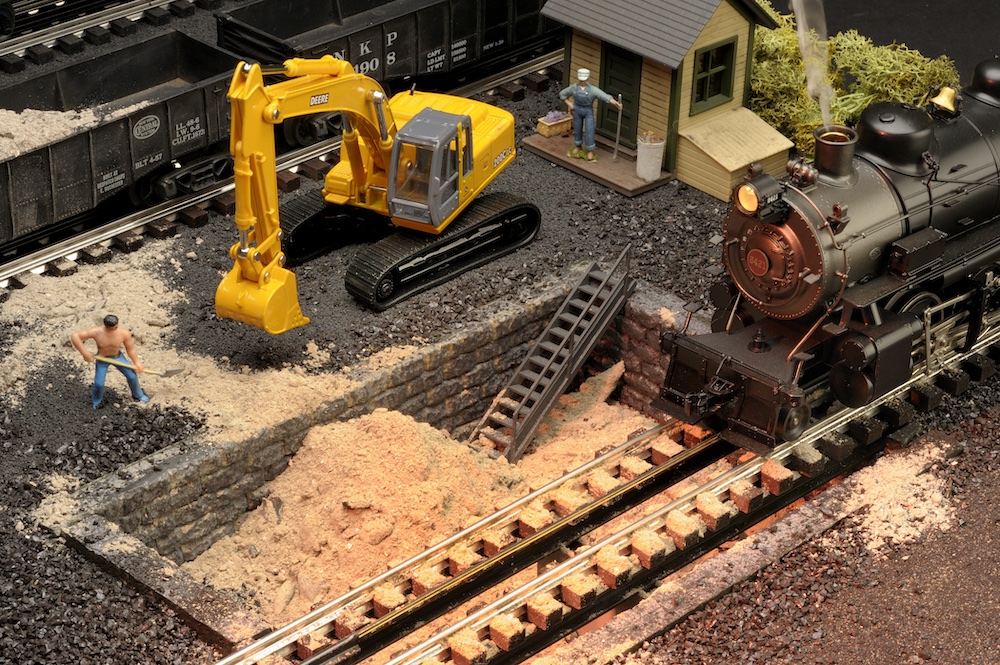
Add appropriate facilities with details
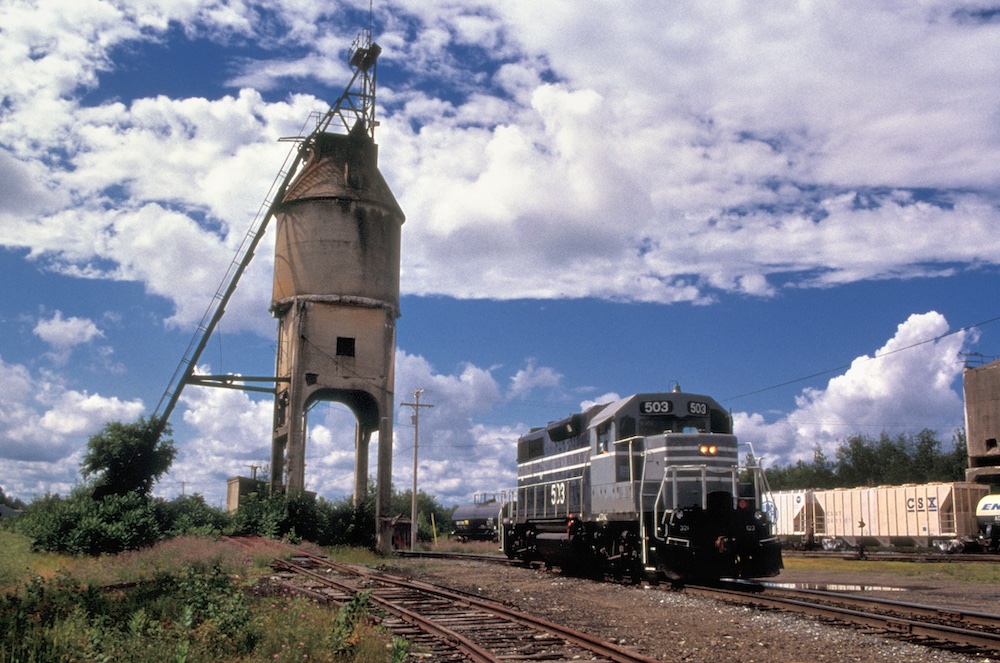
Placing an engine maintenance facility near the classification tracks further enhances a yard scene. Years ago, I added such a facility along one wall of my basement, followed by a four-track yard. Then I purchased a cast enginehouse for the scene. I carefully measured the structure so when complete there was room for a single track to run along the side for entrance to the yard. Then I gave the kit to good friend and custom builder, Phil Ginkus, for assembly.
The interior and exterior of the enginehouse was begging for details to bring it to life. Looking at my prototype photos of a Providence & Worcester RR enginehouse, I could easily re-create the ramps, platforms, and other interior details. Nearby, a sand tower, interlocking tower for train movements, ground throws on the switches, the yard boss on a four-wheeler, and other items fit into the space perfectly.
In addition, for light repairs I have a small yard with fuel, sand, and crew services. I keep a set of pushers here for the trip east around the line. Appropriately named “Helper,” this area is right off the main line. The idea for this scene came from a location along the Baltimore & Ohio in Hyndman, Pa. In the past, steam engines were stationed here for the long 20-mile push up to Sand Cut and beyond.
Service your industries
Besides running trains around your layout, try developing a plan to service your industries with a regular peddler or wayfreight. For realism, this kind of railroading is hard to beat. Since your premium locomotives are working the time freights and elite passenger trains, use a small steam engine like a 2-8-0 Consolidation or perhaps an aging Alco RS3 diesel.
Switching cars in the yard to make a consist worthy of the online industries is fun to do. For example, the Lionel No. 456 coal ramp in conjunction with the Walthers (now Atlas) oil facility on my railroad now offers a couple of hoppers full of coal per week along with a tank car of heating oil to Bill’s Oil & Coal yard on a regular basis.
Further down the line, an intermodal terminal — complete with a Mi-Jack Translift crane — makes moving around the trailers on stack trains a pleasure. A siding to the feed and grain co-op allows for a handsome consist of trailers and grain cars to move in and out of this area.
Switch cars at industries
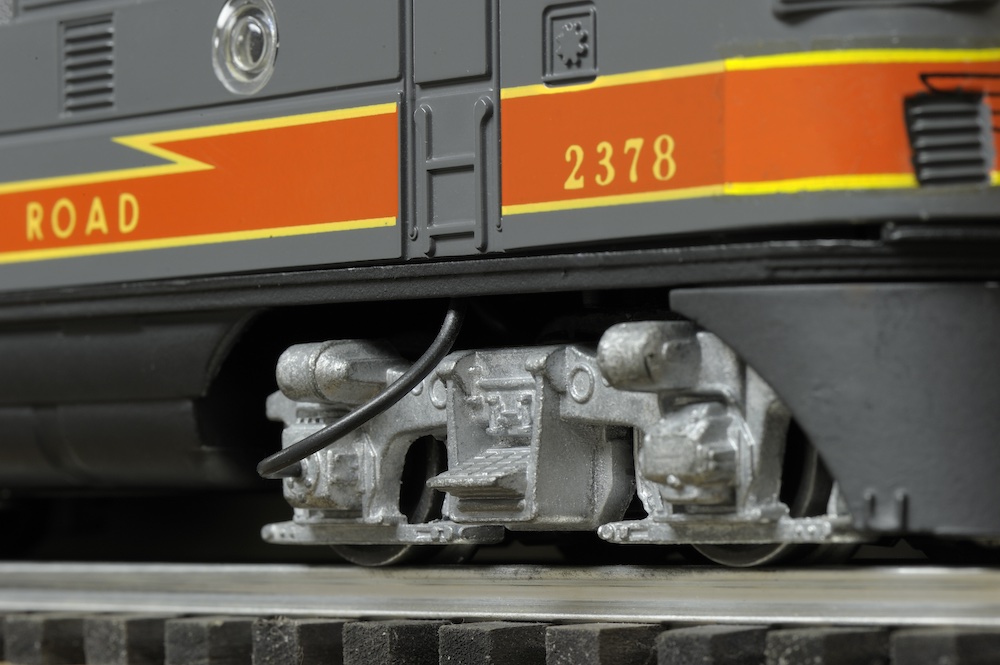
You can also switch cars into industries using scheduled trains. With a passenger consist, you can add or subtract baggage or diner cars at stations during seasonal traffic fluctuations. If you run by a fast clock, merchandise trains can drop off freight cars by ducking into a siding, doing their work, and getting back on the main to highball to the next city.
Freight houses are great revenue generators, and building one from scratch as I did can add much to the scene in terms of operation. I got the idea for this one from an old building that was falling apart along a branch line in Neshanic, N.J. A great structure for this would be the Lionel No. 356 freight station, which even the more scale oriented modelers place near the tracks with a touch of weathering.
Create realistic locomotive consists
When it comes to motive power, take a cue from the prototype. Viewing a busy mainline will net you dozens of ideas of how to operate your steam or diesel engines. Some trains have a single engine. Others may have multiple units up front, one or two in the middle as distributed power, or an engine tacked onto the end as a helper.
With today’s digital controls, it’s not hard to get all the engines going in the same direction. One tip: if you’re going to place an engine at the rear of the train, a dummy works fine for this for effect. If you want a powered unit (especially with sound), it’s advantageous to stick with the same manufacturer from front to back. This way all the gearing is the same and there’s less risk of the helper working too hard with the net result of pushing cars off the track on the curves.
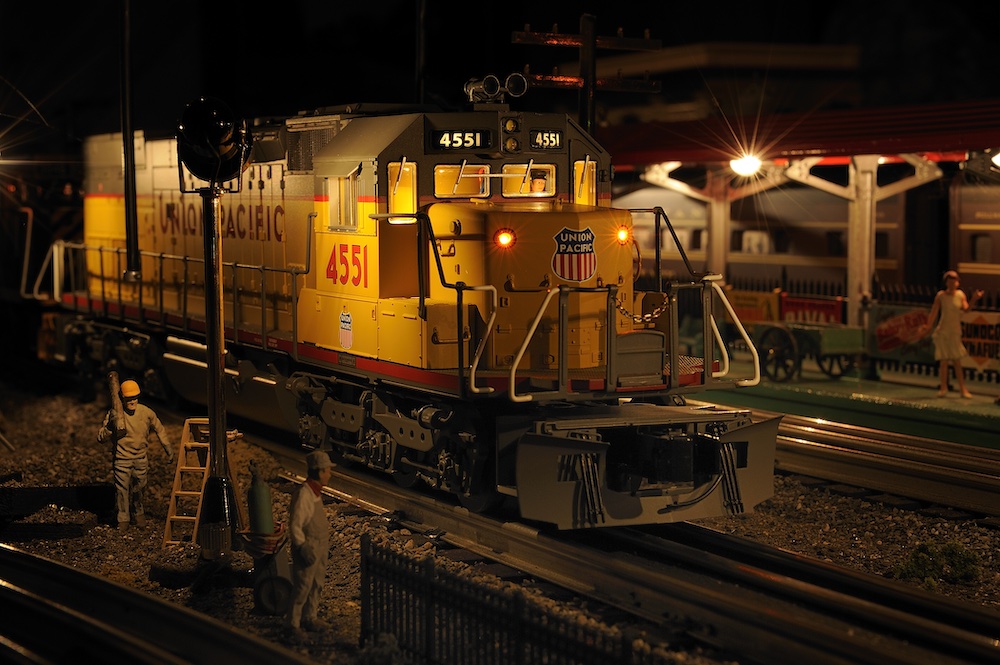
When it comes to helpers, I was out in California in the 1990s when the famous General American TankTrains were running over the Tehachapi Loop. All of the Electro-Motive Division SD40T-2 tunnel motors were screaming in notch 8. With the help of Lionel a few years back I amassed 10 of the cars to form a neat unit train. Nothing looks better than a complete train of tank cars, a unit coal train, or a solid block of reefers moving down the line. While 10 or more looks good, 15 or 20 is even better.
Avoid toylike accessories
Stay away from accessories that are too toylike. I have some of the nostalgic ones on my layout toward the front, but as they wear out or parts get harder to find, they are moved to the shelf for historical value and viewing instead.
For a more scale-like effect, I love the Lionel No. 156 station platforms. They look good, have detailed railings between the units, and light up at night. The No. 356 freight station is another option, as are some of the older No. 450 signal bridges, No. 314 through bridge or vertical lift bridges, and the famous Lionel No. 132 suburban station. With a little weathering these models will fit right in.
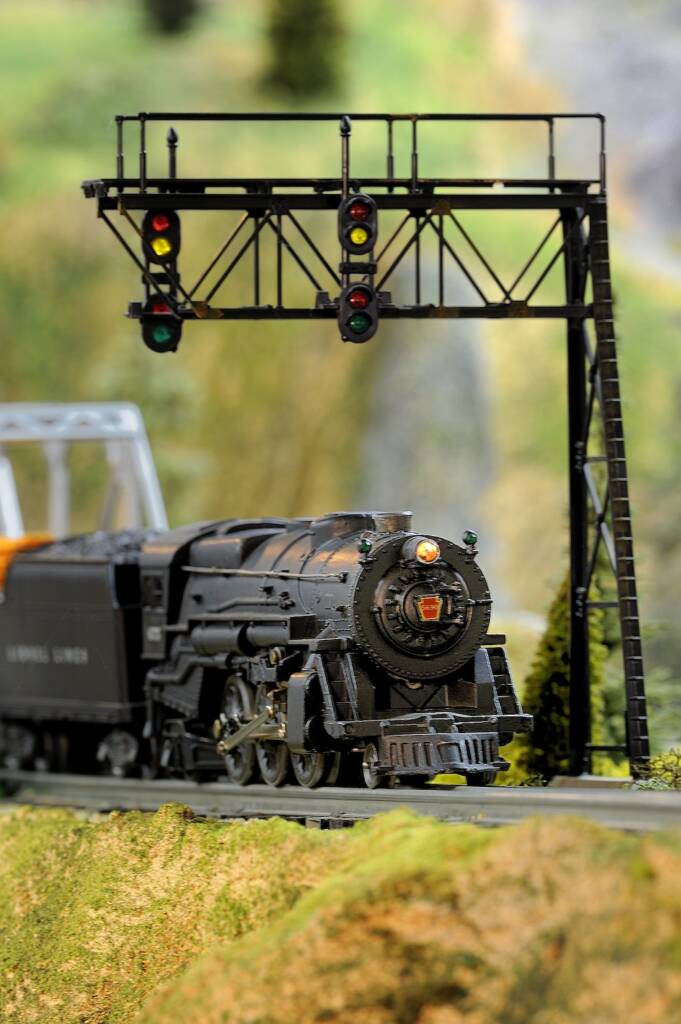
The modern Plasticville signal bridge is so close to scale that I can remember John Page, former editor of Model Railroader, modified it to a cantilever model for his O gauge layout, as did I. It’s still available from Bachmann Trains today (No. 45623).
Be on the lookout for inspiration
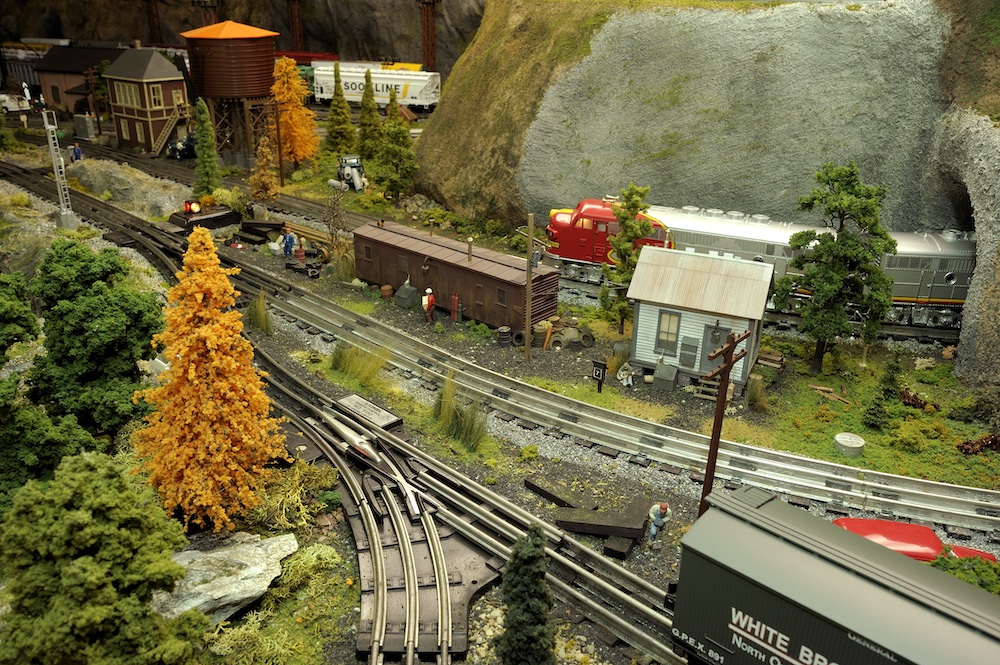
Always carry a camera or smartphone with you on trips or casual rides in the country. Many of my models have been documented rather than trusted to memory. For example, on a trip to the Midwest for fall color, I came across an old covered hopper perched on steel I beams that the railroad used to dispense sand to its fleet of diesel locomotives. I was granted permission by the yard supervisor to photograph the hopper, and became a nice project for the pages of Classic Toy Trains.
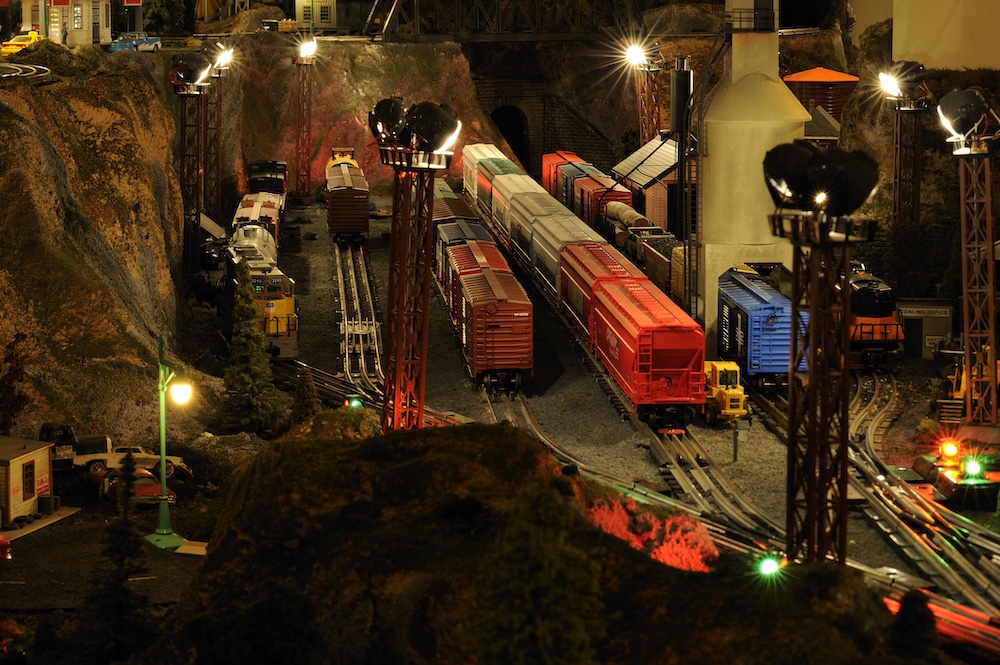
It doesn’t take much to improve the appearance and operation of your layout to make it look and run more like the prototype. A little imagination, a trip to a local train show, or photographing a lineside structure will add that next level of detail to your layout. See you trackside.






